Best Small Garden Tiller for The Money 2024
- February 28, 2024
- 0 comment
Eager to transform your compact garden spaces into thriving beds of flowers, vegetables, or herbs? A small garden tiller might just become your go-to gardening companion. However, with a myriad of options flooding the market, choosing the perfect one can seem as daunting as locating a needle in a haystack. Worry not! We’ve delved deep to bring you the cream of the crop in small garden tillers that promise not to strain your wallet. Whether you’re embarking on your first gardening venture or seeking to enhance your green thumb skills, our curated selection caters to every gardening enthusiast’s needs.
Best Small Garden Tiller for The Money Top Picks
1. Mantis 4-Cycle Gas Powered Cultivator and Tiller
The Mantis XP Tiller, with its gas engine atop the tines, offers powerful tilling in tight spaces with a 10-inch depth and 9-inch width. Lightweight at 24 pounds and featuring a 240 RPM tine speed, it’s easy to store and transport thanks to foldable handles. Its finger-controlled throttle allows for adjustable speeds, making it efficient, safe, and user-friendly for garden tasks.
Maintenance and Operating Costs
For Mantis XP Tiller, it’s essential to follow the manufacturer’s guidelines, which typically include routine checks and cleanings. Key tasks involve inspecting and cleaning the tines, changing the engine oil, checking the spark plug, and ensuring the air filter is clean and functional. Regular maintenance can prevent most operational issues and extend the tiller’s lifespan. Operating costs mainly consist of fuel expenses, as the tiller is gas-powered. The actual cost will vary based on the frequency of use and current gas prices. Additionally, occasional replacement of parts such as tines, spark plugs, and air filters may be necessary, depending on usage intensity and wear.
2. Tazz 2-In-1 Front Tine Tiller and Cultivator
The Tazz 35310 2-in-1 Front Tine Tiller boasts a robust 79cc Viper engine known for its fuel efficiency and easy-start feature, thanks to a smooth pull recoil mechanism. This tiller is designed for longevity, with components like forged steel tines and bronze gear transmission enhancing its durability. Despite its considerable weight of 83.8 pounds, the tiller remains well-balanced and easy to maneuver, allowing for smooth turning without the risk of it lifting off the ground. An outstanding feature is its adjustable tilling widths, with the ability to reach up to 21 inches, making it exceptionally versatile and valuable for various gardening tasks.
Maintenance and Operating Costs
The Tazz 35310 2-in-1 Front Tine Tiller involve routine upkeep and fuel expenses. Regular maintenance includes checking and cleaning the tines, changing the engine oil, inspecting the spark plug, and ensuring the air filter is clean. These steps help prolong the tiller’s life and maintain its performance. Fuel costs depend on usage frequency and current fuel prices, given the tiller’s 79cc Viper engine. Periodic part replacements, such as tines or spark plugs, may also contribute to operating costs, contingent on usage intensity. Staying on top of maintenance can minimize long-term expenses and ensure the tiller operates efficiently for various gardening projects.
3. Earthquake Mini Cultivator and Tiller
The Earthquake MC440 4-cycle cultivator is a powerful and lightweight solution to maintaining your garden. Designed with stand-up starting, you can comfortably control stops and starts without bending over. The largest-in-class 40cc Viper 4-Cycle engine requires no mixing of oil and fuel. It also produces less noise, and lower emissions. A variable speed control provides versatility when cultivating different soil types. The MC440 also features block-style air filter to keep damaging dirt outside your engine and in the garden.
Maintenance and Operating Costs
The Earthquake MC440 Mini Cultivator requires regular maintenance to keep it running smoothly and efficiently. This includes checking and cleaning the tines, changing the engine oil periodically, inspecting and possibly replacing the spark plug, and ensuring the air filter is clean and functioning properly. These maintenance tasks are crucial for prolonging the life of the cultivator and preventing operational issues. Operating costs for the Earthquake MC440 mainly consist of fuel expenses, as it is powered by a gas engine. The actual cost will depend on the frequency of use and current gas prices. Additionally, you may need to budget for the occasional replacement of parts such as tines, spark plugs, and air filters, depending on how intensively and frequently the cultivator is used.
4. Sun Joe TJ600E Electric Tiller and Cultivator
The Sun Joe TJ600E electric tiller and cultivator combines the performance of a gas-powered machine with the convenience of an electric-powered tool. Weighing in at just under 19 pounds, the TJ600E electric tiller and cultivator is lightweight enough to tote around your lawn, yet still packs a fierce punch with its powerful 6.5-amp motor. This electric tiller cultivates an area 14-inches wide and up to 7-inches deep. Sun Joe’s four steel angled tines efficiently and effortlessly loosen the ground to make planting and dirt removal quick and easy. Say goodbye to labor-intensive hand tools and unnecessary user strain! Sun Joe starts instantly with the push of a button and is completely maintenance free. This electric tiller is backed by a 2 year warranty and merits the ETL seal of approval.
Maintenance and Operating Costs
The Sun Joe TJ600E electric tiller and cultivator boasts low maintenance and operating costs. Maintenance is simple, involving just cleaning the tines and checking for wear. There’s no need for fuel, oil changes, or spark plug replacements thanks to its electric design. Operating costs are low as well, with electricity usage being minimal. This makes the Sun Joe TJ600E a cost-effective, convenient, and eco-friendly choice for gardeners.
5. Sun Joe TJ603E 16″ 12-Amp Electric Tiller/Cultivator
The Sun Joe TJ603E Electric Tiller + Cultivator. A powerful 12-amp motor quickly pulverizes dirt, effortlessly slicing through the soil at 340 RPM, ensuring maximum aeration and perfectly preparing the seedbed for planting. Cultivate an area 16-inches wide and up to 8-inches deep in seconds. Control weeds where needed – Sun Joe tames the toughest yard and garden tasks with more comfort and less strain. Rear wheels make it easy to maneuver wherever it’s needed – and its collapsible handle makes it a cinch to store when it’s not. The TJ603E comes with a full two-year warranty.
Maintenance and Operating Costs
The Sun Joe TJ603E Electric Tiller and Cultivator offers low maintenance and cost-effective operation. Its electric design cuts out the need for gas, reducing operating expenses. Maintenance is easy, involving only tine cleaning and basic checks for part security and cord integrity. There’s no need for oil, spark plug, or air filter changes, simplifying upkeep. The main operating cost is minimal electricity use, making it an affordable and eco-friendly option for gardeners.
6. Earthwise TC70016 Tiller/Cultivator
The Earthwise TC70016 Tiller is straightforward, thanks to a simple lever mechanism reminiscent of traditional push lawn mowers, offering convenience despite any past struggles with mowers. Equipped with a robust 13.5 amp motor and six adjustable tines, the tiller boasts a tilling width of up to 16 inches, making it perfect for establishing medium-sized garden beds or vegetable patches. Its design includes rear wheels, enhancing maneuverability and comfort during use—a feature not present in all tillers, evoking the simplicity of old push mowers. The handle features a cushioned, non-slip grip, allowing precise control over the tilling process. Weighing in at 29 pounds, the Earthwise tiller combines portability with considerable power, making it an excellent option for creating raised beds for flowers or vegetables.
Maintenance and Operating Costs
The Earthwise TC70016 Tiller/Cultivator is low-maintenance and cost-effective, thanks to its electric design. Maintenance is straightforward, involving tine cleaning, component checks, and ensuring electrical connections are intact. Without the need for fuel or engine-related upkeep like oil changes and spark plug replacements, the complexity and costs of maintenance are significantly reduced. Operating costs are primarily for electricity, which is minimal and more affordable than fuel for gas-powered models. This makes the Earthwise TC70016 a practical, eco-friendly option for garden tilling and cultivating.
7. Honda FG110 Mini Tiller
Honda FG 110 Mini Tiller patented digging/cultivating tines give outstanding performance in a variety of conditions. And with the fastest tine speed of any mini-tiller, the FG110 can easily break new ground or prep your garden in no time at all.
Maintenance and Operating Costs
The Honda FG110 Mini Tiller needs routine maintenance like oil changes, air filter and spark plug checks, and tine cleaning due to its gas-powered nature. Its operating costs mainly cover fuel and occasional part replacements such as filters and spark plugs. Despite these expenses, regular care is crucial for maintaining its effectiveness and prolonging its lifespan.
8. Craftsman C410 4-Cycle 30CC Tiller
The Craftsman C410 30cc, 4-cycle gas cultivator loosens and cultivates soil, getting you ready to plant the garden of your dreams. The 4-cycle engine is powerful, produces less noise and eliminates the need to mix gas and oil. The C410 is equipped with advanced 2-step starting to simplify starting to just prime and pull. Lightweight and easy to operate, the cultivator comes with six patented-steel cultivating tines that can be easily adjusted depending on your desired cultivating width. It features a variable speed throttle and an adjustable tilling width from 6-in to 12-in with a tilling depth of up to 6-in to handle a variety of tasks.
Maintenance and Operating Costs
The CRAFTSMAN C410 30-cc 4-cycle tiller needs regular upkeep, including oil checks, air filter maintenance, spark plug inspections, and tine cleaning. Fuel is the primary operating cost, with additional expenses for parts like filters and plugs as needed. Consistent maintenance ensures its reliability and longevity.
9. BLACK+DECKER 20V MAX Tiller Cultivator
The BLACK+DECKER 20V MAX Tiller Cultivator Ideal for cultivating garden beds, weeding, and more, this battery-powered cultivator can cultivate up to 325 feet on a single charge. Counter-oscillating tines prevent weeds from tangling.
Maintenance and Operating Costs
The BLACK+DECKER 20V MAX Tiller Cultivator has minimal maintenance and low operating costs due to its battery-powered design. Maintenance involves simple tasks like cleaning tines and battery contacts. There’s no need for fuel or engine maintenance, reducing upkeep costs. Operating expenses are mainly for electricity to charge the battery, with battery replacement as a long-term cost. This makes the tiller an economical choice for garden cultivation.
10. Earthquake Pioneer Dual-Direction Rear Tine Tiller
The Earthquake Pioneer has set a new standard for tilling performance. It’s dual direction tines allow it to be used from the beginning to the end of the season. In CRT mode, the counter rotating tines slice through sod and unbroken ground to create new gardens, while the standard rotating tines of SRT mode, weed and create a smooth seed bed for planting. Easily switch between tilling modes with the easy-to-use lever.
Maintenance and Operating Costs
The Earthquake Pioneer Rear Tine Tiller needs routine maintenance like oil checks, air filter and spark plug maintenance, and tine cleaning for peak performance. Its main operating costs are fuel-related, with additional expenses for part replacements depending on use. Regular upkeep ensures its efficiency and durability for demanding tilling work.
Summary of Best Small Garden Tiller for the Money
| Model | Type | Power Source | Tilling Width | Tilling Depth | Features | Weight |
|---|---|---|---|---|---|---|
| Mantis 7940 | Cultivator/Tiller | Gas | Up to 9 inches | Up to 10 inches | Easy start, compact | 24 lbs |
| Tazz 35310 | Tiller/Cultivator | Gas | Adjustable: 11″, 16″, or 21″ | Up to 11 inches | Fuel-efficient, durable | 83.8 lbs |
| Earthquake MC440 | Mini Cultivator/Tiller | Gas | Not specified | Not specified | Adjustable tilling, user-friendly | 33 lbs |
| Sun Joe TJ600E | Tiller/Cultivator | Electric | Up to 14 inches | Up to 8 inches | Low maintenance, eco-friendly | 18.7 lbs |
| Sun Joe TJ603E | Tiller/Cultivator | Electric | 16 inches | Up to 8 inches | Low maintenance, efficient | 27.08 lbs |
| Earthwise TC70016 | Tiller/Cultivator | Electric | Adjustable: 11″ to 16″ | Up to 8 inches | Easy maintenance, eco-friendly | 29 lbs |
| Honda FG110 | Tiller | Gas | 9 inches | Not specified (user reviews suggest up to 6″) | Durable engine, patented tines | Not specified (user reviews suggest around 29 lbs) |
| Craftsman C410 | Tiller | Gas | Not specified (user reviews suggest 8-10″) | Not specified (user reviews suggest up to 5″) | 4-cycle engine, adjustable width | Not specified |
| BLACK+DECKER 20V MAX | Tiller Cultivator | Battery | Not specified | Not specified | Counter-oscillating tines, adjustable handle | 8.1 lbs (without battery) |
| Earthquake Pioneer | Tiller | Gas | 17 inches | Up to 11 inches | Dual-direction tines, instant reverse | 160 lbs |
How to Select the Right Tiller?
1. Garden Size
- Small Gardens: For small gardens or flower beds, a mini-tiller or cultivator might be sufficient. These are lightweight, easy to maneuver, and typically electric.
- Medium to Large Gardens: For larger areas, consider a front-tine tiller, which can handle more extensive tilling tasks and provide deeper soil penetration.
2. Soil Type
- Loose Soil: Light-duty tillers are suitable for loose or sandy soils with fewer weeds.
- Hard, Compacted Soil: If you’re working with hard, compacted soil or heavy clay, a more powerful rear-tine tiller with a larger engine might be necessary.
3. Tiller Type
- Cultivators/Mini-Tillers: Best for light weeding and stirring soil in small gardens or flower beds.
- Front-Tine Tillers: Ideal for medium-sized gardens with moderately compacted soil. They are more powerful than cultivators but easier to handle than rear-tine tillers.
- Rear-Tine Tillers: Best for large areas and tough, unbroken soil. They are more powerful and can dig deeper, making them suitable for creating new garden beds.
4. Power Source
- Electric Tillers: Great for small to medium gardens. They are quieter, environmentally friendly, and require less maintenance. However, they may be less powerful than gas models and often tethered by a cord unless battery-operated.
- Gas-Powered Tillers: Offer more power and mobility without the restriction of a cord. They’re suitable for larger areas and tougher soil but require more maintenance and are noisier.
5. Tilling Width and Depth
- Width: Wider tilling widths cover more ground in a single pass, ideal for larger areas. Smaller widths offer better maneuverability in tight spaces.
- Depth: Adjustable tilling depths allow you to customize the tiller’s penetration based on the task, whether it’s light weeding or deep soil preparation.
6. Features and Ergonomics
- Look for features that enhance usability and comfort, such as adjustable handles, easy-to-use controls, and counter-rotating tines for tough soil.
- Consider the tiller’s weight and how easy it is to maneuver, especially if your garden has tight spaces or requires frequent turns.
7. Maintenance and Durability
- Consider the maintenance requirements of the tiller. Electric models generally require less maintenance than gas-powered ones.
- Check for durable construction and the availability of replacement parts.
8. Budget
- Balance your budget with your needs. While it might be tempting to go for the cheapest option, investing in a tiller that suits your garden’s size, soil type, and your usage frequency can save money and effort in the long run.
9. Reviews and Recommendations
- Before making a purchase, read reviews and seek recommendations from other gardeners or sales representatives. Personal experiences can provide valuable insights into a tiller’s performance and reliability.
Conclusion
In conclusion, selecting the right tiller for your garden involves considering various factors including the size of your garden, the type of soil, the tiller’s power source, and the specific features that suit your gardening needs. Whether you have a small flower bed or a large vegetable garden, there’s a tiller that’s right for you. Electric tillers are ideal for smaller, less demanding tasks and offer the benefits of being environmentally friendly and low maintenance. On the other hand, gas-powered tillers provide the power and mobility needed for larger areas and tougher soil. It’s also important to consider the tiller’s tilling width and depth, ergonomic features, and overall durability to ensure you’re making a worthwhile investment. By carefully evaluating these aspects and balancing them with your budget, you can find a tiller that not only meets your gardening requirements but also enhances your gardening experience, making soil preparation and weed control much more manageable and efficient.
FAQs
1. What is the difference between a tiller and a cultivator?
A tiller is designed for heavier tasks like breaking new ground and turning soil in large areas, while a cultivator is suited for stirring and aerating the soil in existing planting areas, weeding, and blending compost.
2. Should I choose a front-tine tiller or a rear-tine tiller?
Front-tine tillers are suitable for medium-sized, relatively soft soil areas, offering a good balance of power and maneuverability. Rear-tine tillers, with their tines located behind the wheels, are designed for larger areas with compacted soil, providing more power and deeper soil penetration.
3. Are electric tillers effective?
Electric tillers are highly effective for small to medium-sized gardens with loose to moderately compact soil. They are lighter, quieter, and require less maintenance than gas-powered tillers but might lack the power needed for very compact soils.
4. How do I maintain my gas-powered tiller?
Maintain your gas-powered tiller by regularly checking and changing the oil, cleaning or replacing the air filter, inspecting the spark plug, and keeping the tines clean. Also, ensure the fuel is fresh and stored properly.
5. Can I use a tiller on wet soil?
It’s not recommended to use a tiller on wet soil as it can lead to soil compaction and damage the tiller’s tines and motor. Wait for the soil to dry to the point where it’s moist but not saturated.
6. How deep should I till my garden?
The depth to till your garden depends on the plant requirements and the type of soil. Generally, tilling 8-10 inches deep is sufficient for most gardens, allowing for proper root growth and nutrient distribution.
7. How often should I till my garden?
Tilling is typically done once a year, at the beginning of the growing season, to prepare the beds for planting. Over-tilling can disrupt soil structure and harm beneficial microorganisms, so it’s best to limit tilling to when it’s necessary for soil preparation or weed control.
8. What safety precautions should I take when using a tiller?
Always read the manufacturer’s instructions before use, wear protective gear like gloves and safety glasses, and be aware of the tiller’s controls. Ensure the area is clear of rocks and large debris, and never put your hands near the tines while the tiller is running.
9. Can tillers be used to mix in soil amendments?
Yes, tillers can effectively mix in soil amendments such as compost, manure, or fertilizers, enhancing soil fertility and structure before planting.
10. Where can I find replacement parts for my tiller?
Replacement parts can typically be found through the tiller’s manufacturer, authorized dealers, or specialized online retailers. Always ensure parts are compatible with your tiller’s model and specifications.

Joel Cunningham
Forestry AuthorI'm Joel Cunningham, an expert in pruning and weed management with over a decade of experience. My skills are rooted in formal training and extensive practice, focusing on advanced pruning techniques and efficient weed control. I'm known for my quality work, precision, and deep understanding of plant health and soil dynamics. My contributions extend to educational initiatives where I share sustainable practices and advice, establishing myself as a reliable and authoritative figure in the gardening community.

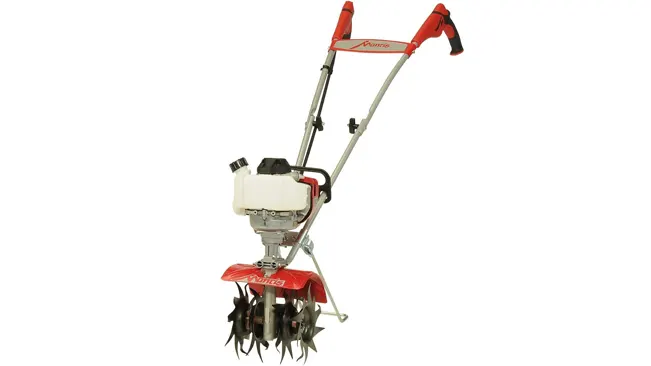

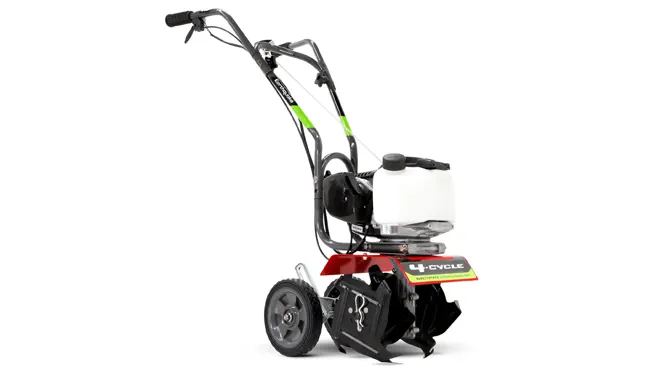
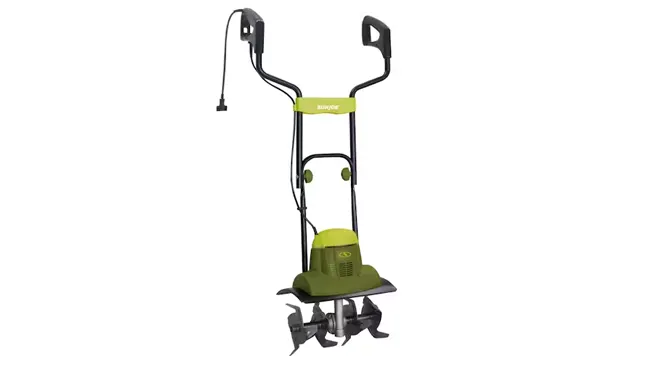
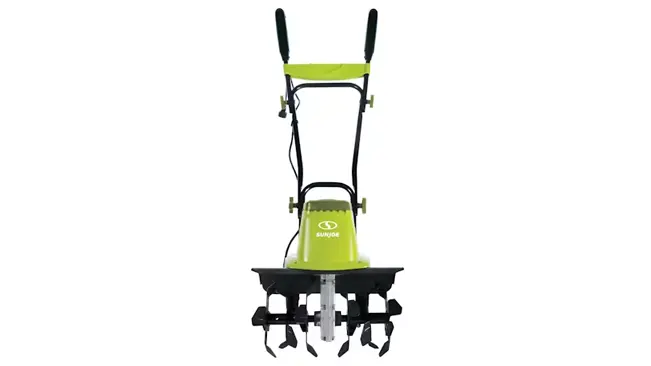
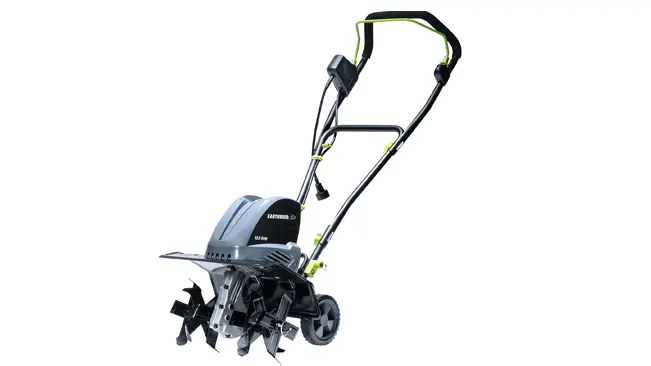
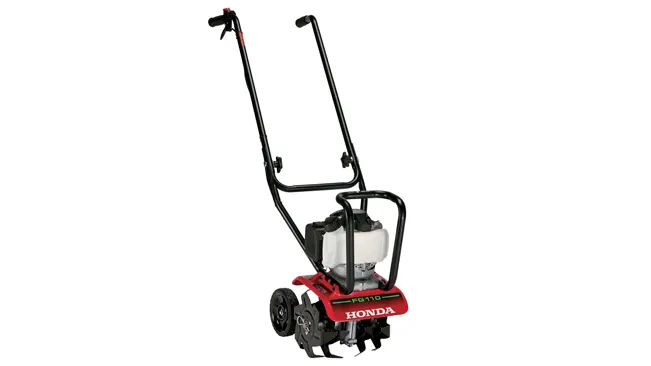
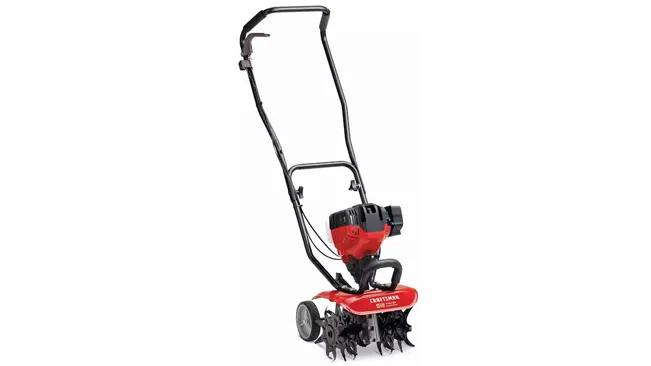
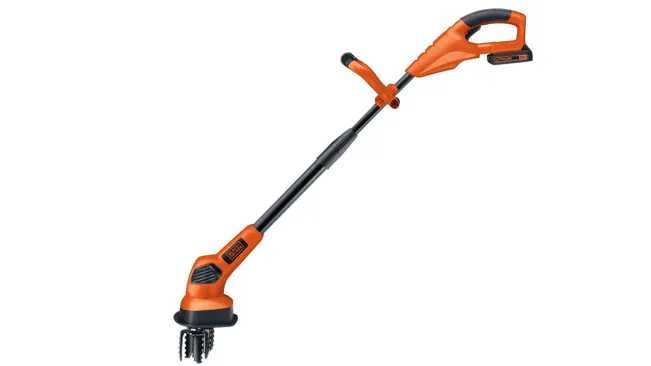
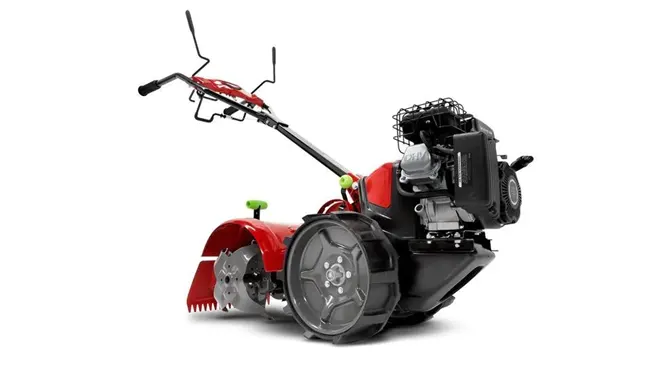
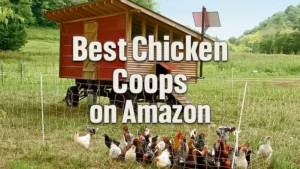

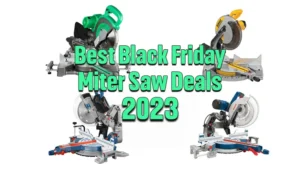
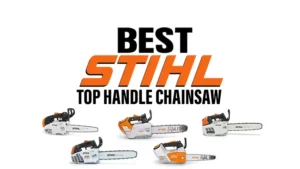


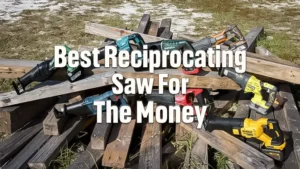





Leave your comment